Creating a makerspace for preschoolers can be a fun and rewarding experience, but it can also be overwhelming with the number of tools and materials to choose from. When setting up a preschool makerspace, it’s important to have a balance of materials that allow for open-ended exploration, as well as tools that support specific learning outcomes. In this blog post, we’ll explore some of the essential tools that should be included in any preschool makerspace.
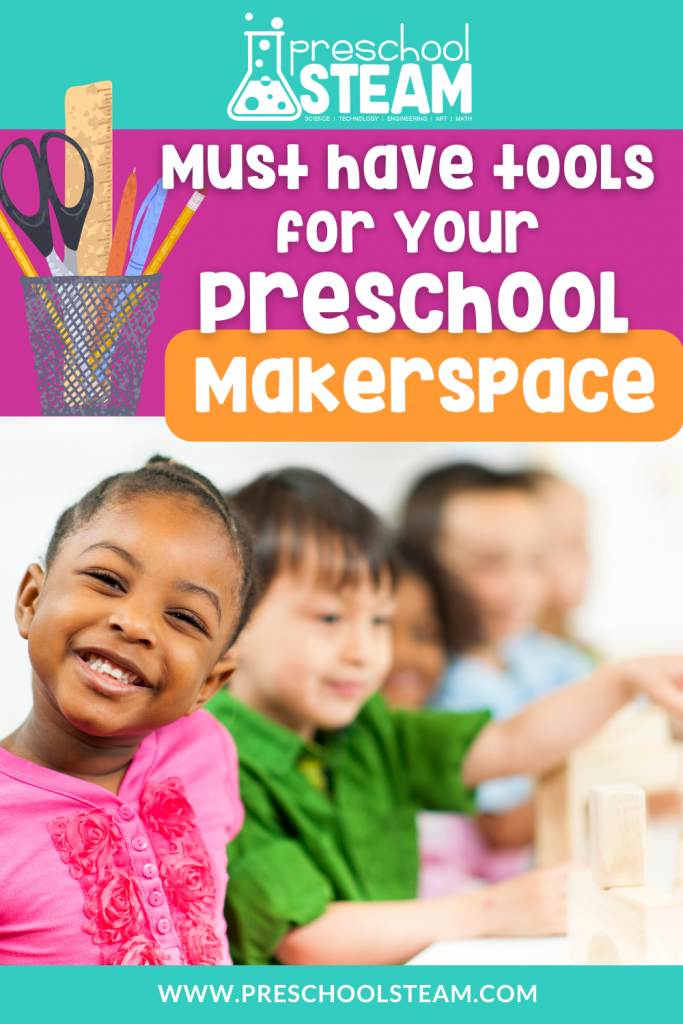
First and foremost, a preschool makerspace should include a variety of materials for open-ended exploration and experimentation. This can include things like play dough, modeling clay, and building blocks. These types of materials allow children to explore and create in various ways. They can be used to support a wide range of learning outcomes, including fine motor coordination, problem-solving, and creativity.
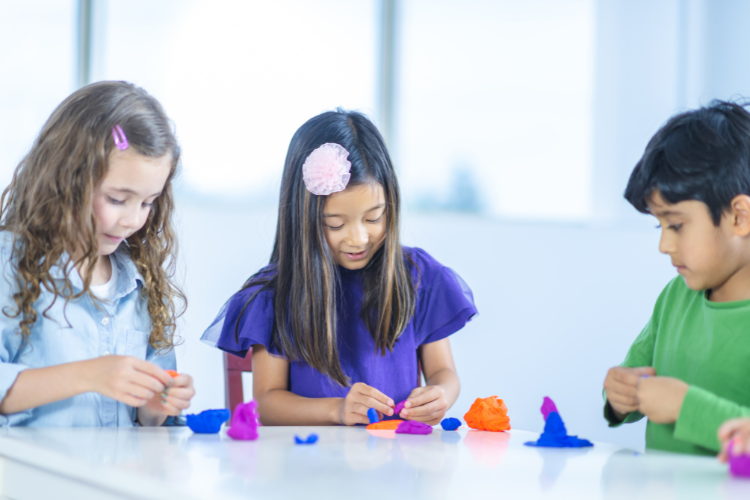
Another essential tool for a preschool makerspace is art materials. This can include things like paint, markers, and construction paper. These materials allow children to express themselves creatively and develop their fine motor skills. It’s a good idea to have a variety of art materials available so that children can experiment with different mediums and techniques.

A preschool makerspace should also include tools that support STEM (science, technology, engineering, and mathematics) learning. This can include things like magnifying glasses, simple machines, and even basic electronics. These types of tools allow children to explore and experiment with scientific concepts and principles, and they can help to spark a lifelong interest in STEM subjects.
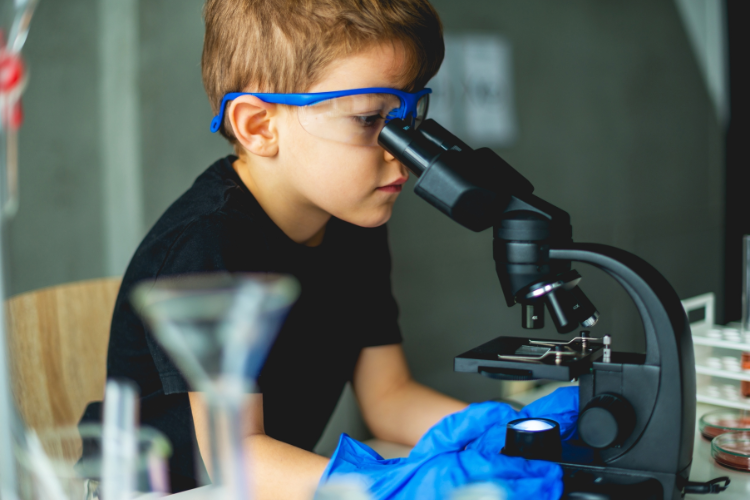
Another important tool for a preschool makerspace is manipulatives. These can be things like pattern blocks, counting bears, and sorting trays. These types of materials allow children to explore mathematical concepts and develop their early math skills.
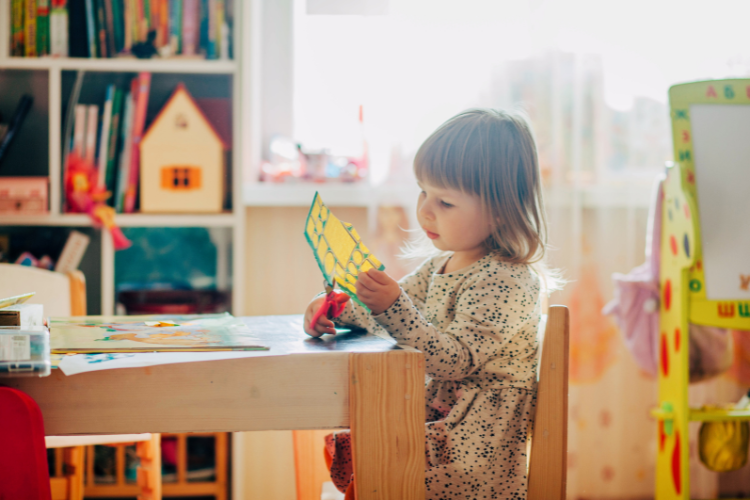
Finally, a preschool makerspace should include a variety of tools that allow children to explore and experiment with different materials. This can include things like scissors, glue, and tape. These tools allow children to create and construct in a variety of ways, and they can help to develop important skills such as fine motor coordination and problem-solving.
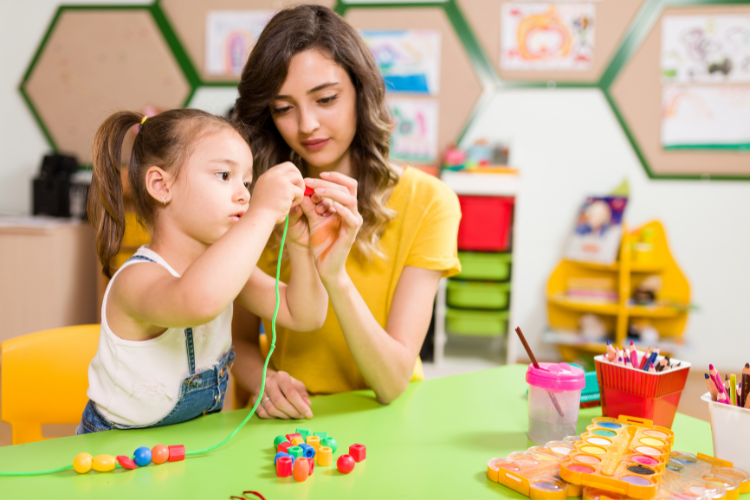
Overall, a preschool makerspace should include a variety of tools and materials that allow for open-ended exploration, as well as tools that support specific learning outcomes. The essential tools for a preschool makerspace will vary depending on the goals and objectives of the space. But with a balance of materials that foster creativity and experimentation, support STEM learning, and provide opportunities for hands-on exploration, a preschool makerspace will be engaging and beneficial for young children.
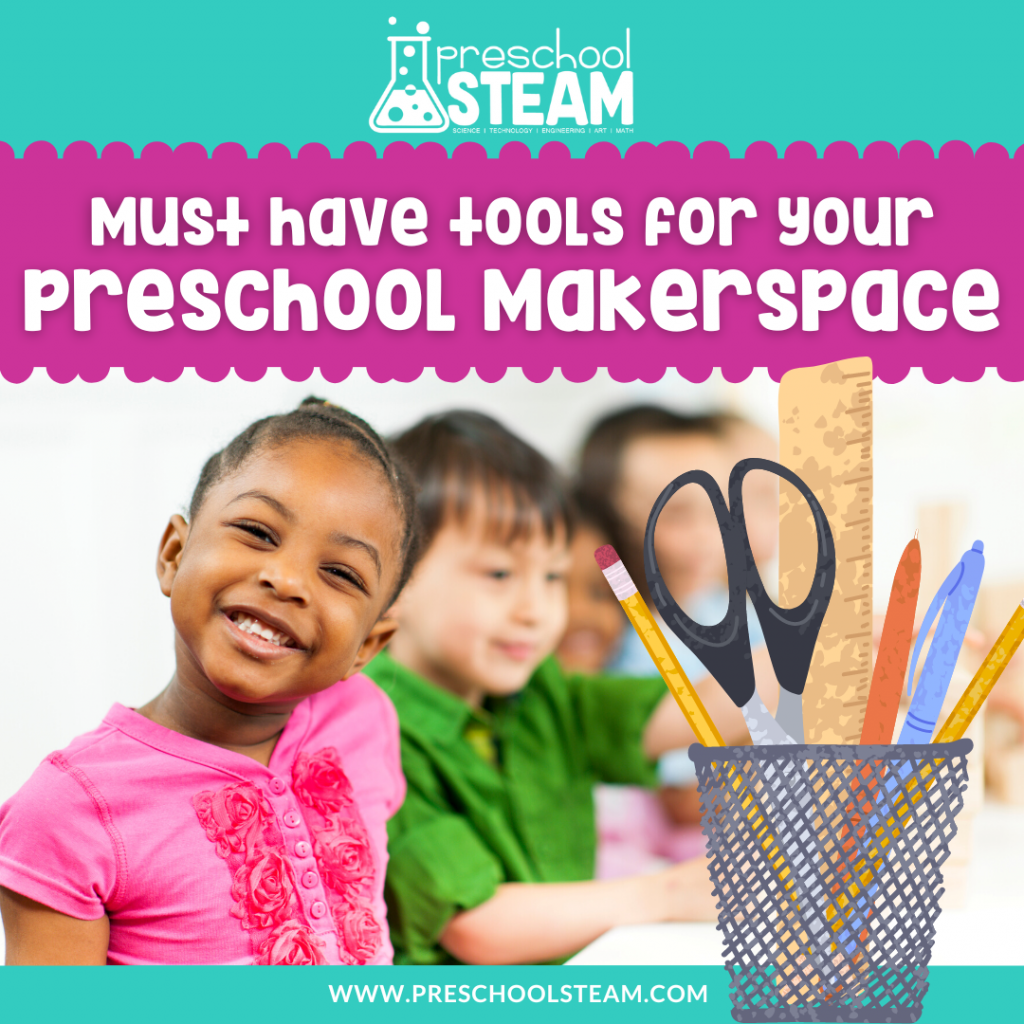
Want to jumpstart your preschool makerspace? We have a new training introducing our Makerspace Success System. Now available inside the Member Lab.
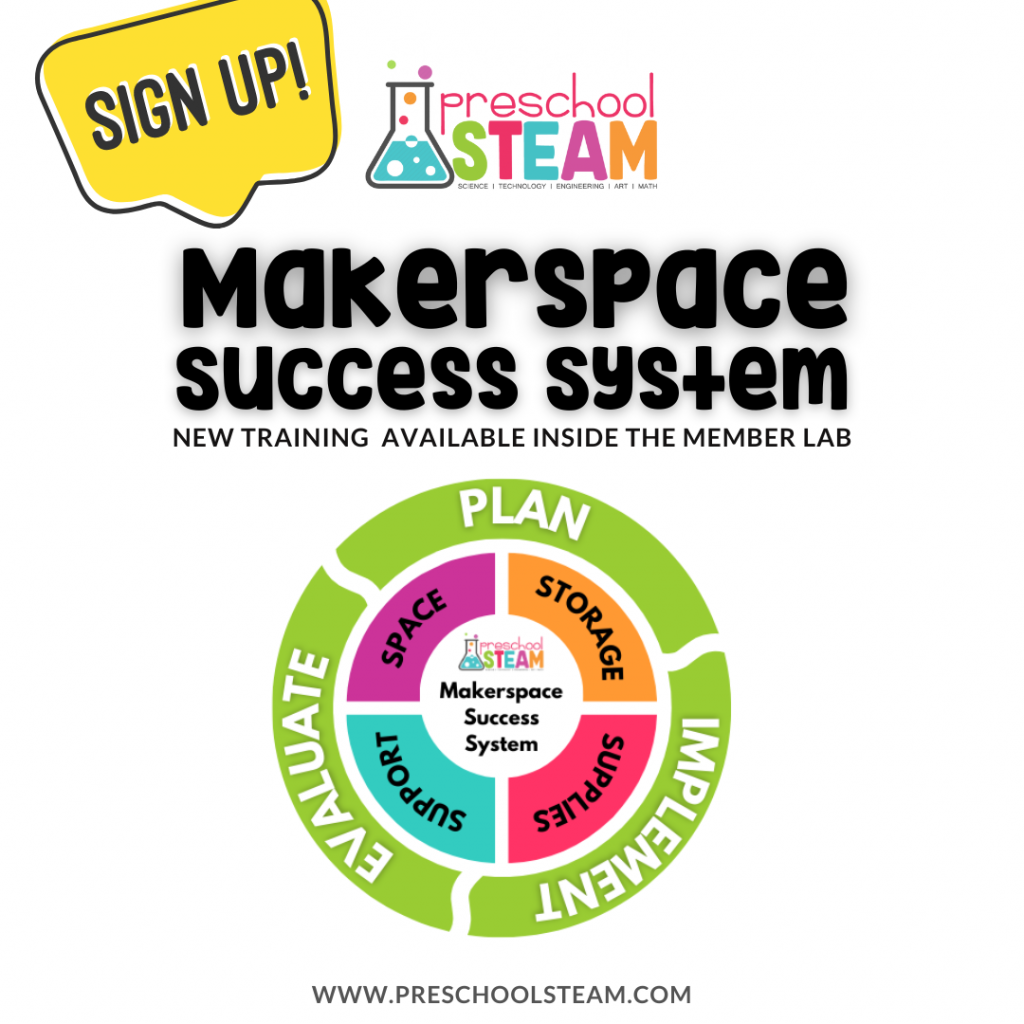
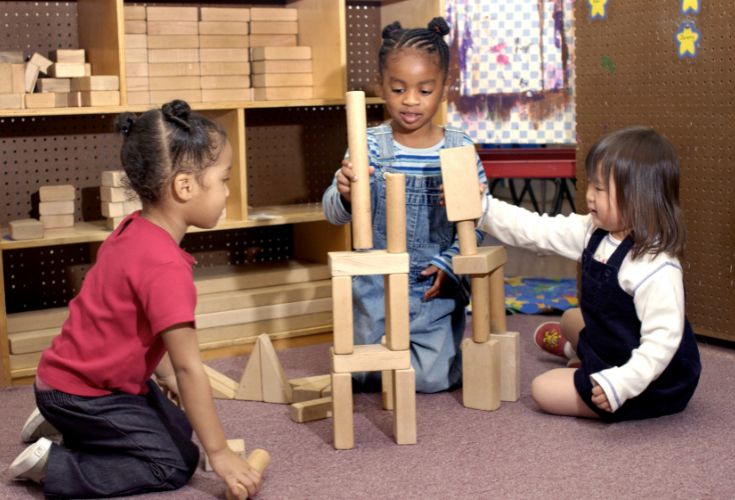
Leave a Reply